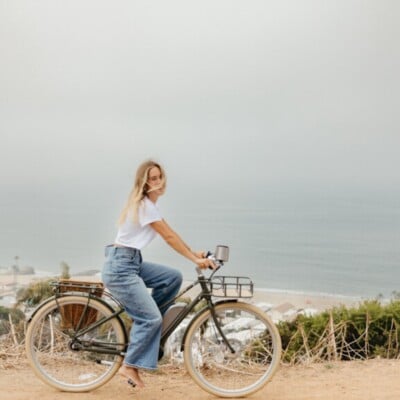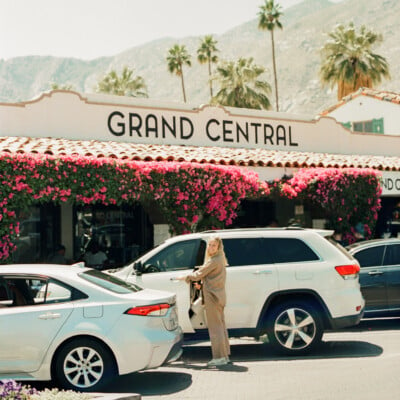When our team was busy planning out all the stylemakers, tastemakers, and adventures to pack into our short editorial trip, we knew we wanted to experience the North Shore through the eyes of true Hawaiian locals, away from the typical tourist destinations we could find on google. We wanted to get off the beaten path, befriend those who have lived on this tropical paradise their whole lives, get lost in order to find what it was that truly made the Islands one of the most magical places on the planet.
Oahu has an underlying grit flowing through it you just can’t quite grasp until you meet those who have generations of roots planted deep throughout every aspect of the island and its culture.
For those lucky enough to call Hawaii home, family, loyalty, and preservation of the land and its people lie at the pulse of everything they do.
The love and honor the locals feel for the island and its traditions could be deeply felt throughout every conversation and experience we had on our trip — respect for your family and its history is what it’s all about, and how it always will remain here.
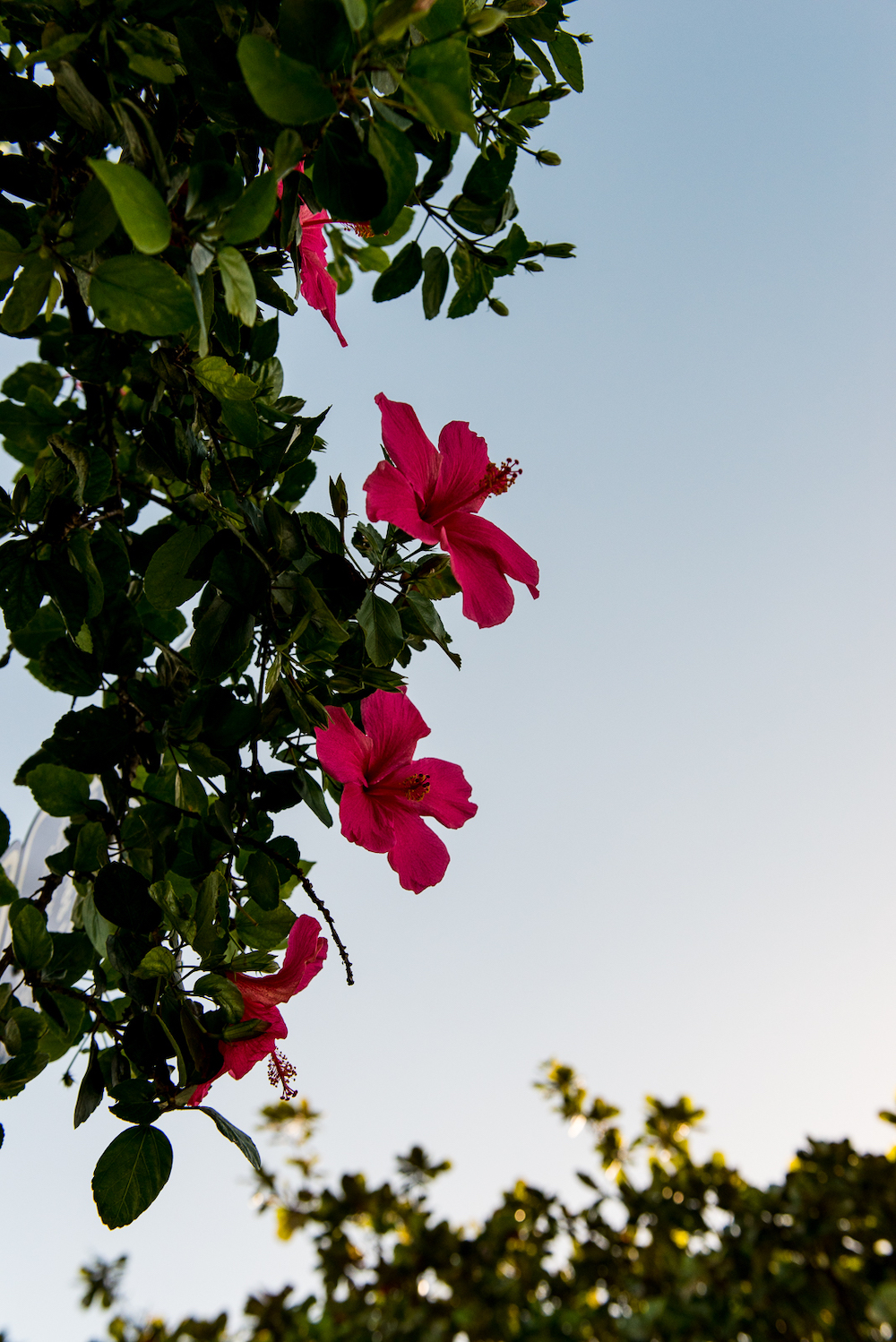
When talking to Meleana, the owner of our rental home on the Banzai pipeline, about her own family history and her favorite experiences on the Island, she said we could not leave without going to meet her friend Kiana, a floral artist who owns PoeHaku and teaches private lei making workshop. Of course we jumped at the opportunity, as this was exactly the type of experience we were looking for to learn more about Hawaii and its history — that, and the tourists in us secretly couldn’t wait to wear one of the iconic Hawaiian leis we’d always seen in the movies!
When our class was booked, we traveled about 30 minutes North to a small beach town known as Laie. The owners, mother and daughter, Patricia and Kiana, have been sharing their passion for lei making for years on the North Shore. They work out of their own home, which we were welcomed into with warm smiles and open arms. The second we arrived, we knew this was the real deal.
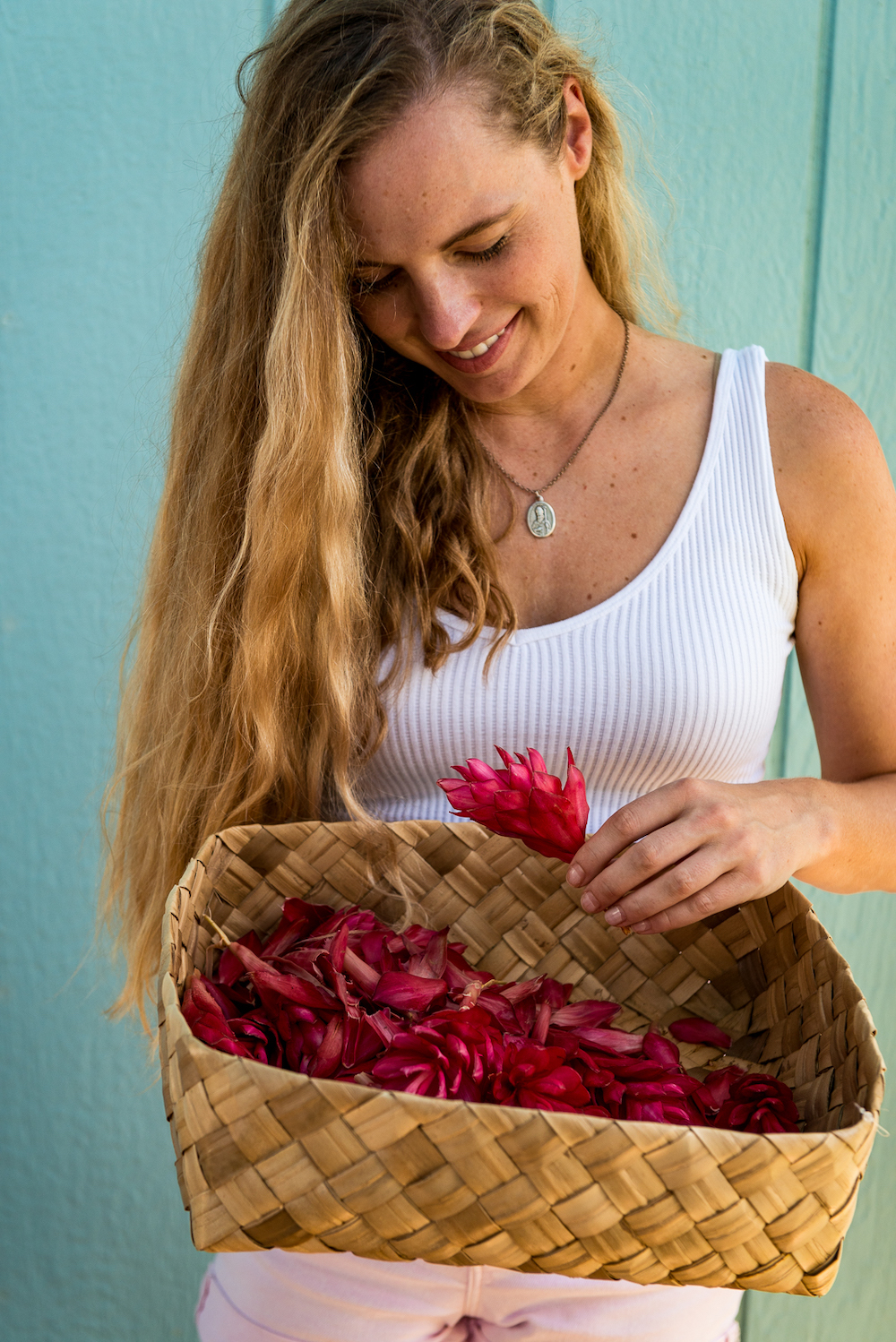
I got to talking with the mother, Patricia, who come to find out, is a total legend and icon throughout the local community. She started Haku making when she was a dancer at the Polynesian Cultural Center as a young girl in the 1960s. When her family migrated from the Pacific Island of Tahiti to Oahu, she started dancing at the luaus as a way to help preserve the allure of old Polynesia and its traditions. Once known as the best luau dancer at the center, she was beaming with pride as she was telling us stories about her family, growing up in Laie, and how she and her neighbors have fought to instill the same sense of pride in their children.
Throughout the arts, crafts, and lively song and dance, the rich Polynesian history is kept alive and freely flowing into the future.
Read on for a glimpse of our afternoon spent with Patricia and Kiana, as they taught us how to make our own leis, the history of lei making and what it means to them, and why the lei is and always will be an iconic symbol of Hawaii.
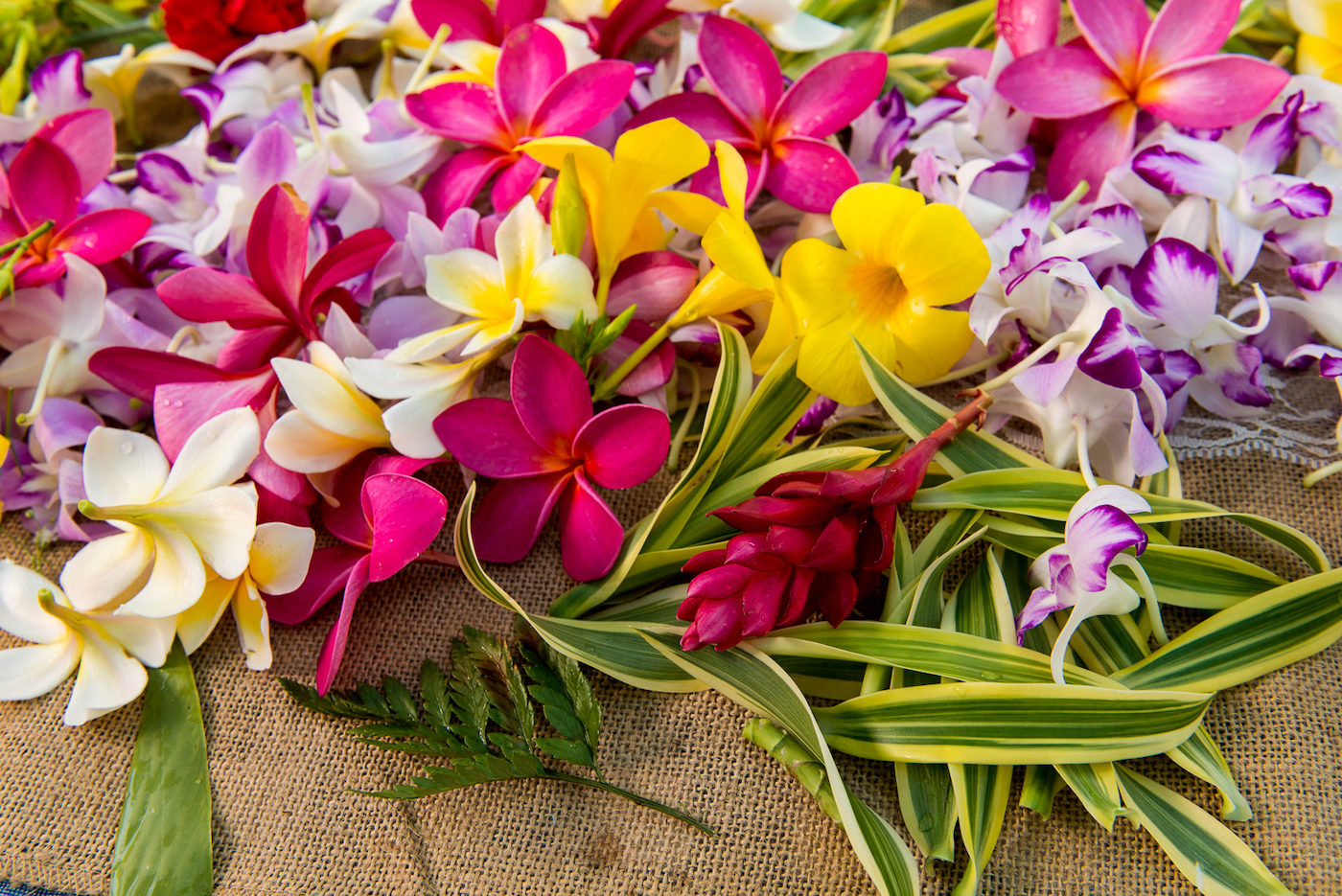
Tell us about the history of the lei. How has it evolved over time, and how did it come to be such a rich part of Hawaiian culture?
Lei is the Hawaiian word for garland or wreath. Leis are usually made from Plumeria blossoms, Pikake blossoms, Orchid blossoms, or Maile leaves. Ancient Hawaiians made leis out of flowers, leaves, shells, seeds, nuts, feathers, and even bone and teeth of various animals. These garlands were worn by ancient Hawaiians to beautify themselves and distinguish themselves from others. The Kukui nut lei was only worn by Alii (royalty).
In the Polynesian culture, a lei is created by somebody and given to another person to honor or decorate that person, or as a sign of affection. Leis were also given as a greeting or a farewell. They were and still are given for friendship, appreciation, love, congratulations or for recognition.
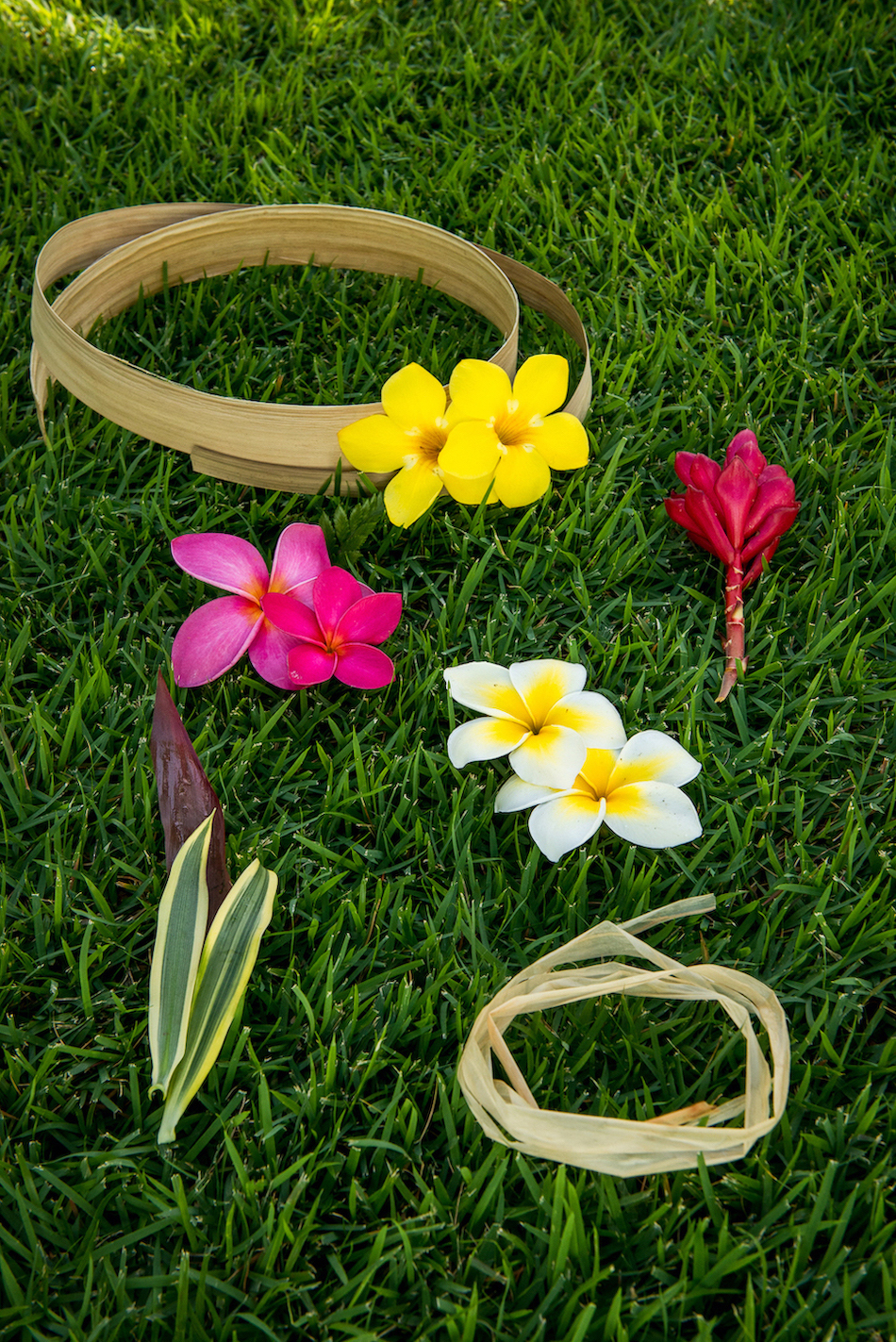
I’ve noticed different types of leis — those worn around a person’s neck, on their head, etc. What do the different leis symbolize?
The Maile lei was perhaps the most significant. Among other sacred uses, it was used to signify a peace agreement between opposing chiefs. In a Heiau (temple), the chiefs would symbolically intertwine the green Maile vine, and its completion officially established peace between the two groups. During the “Boat Days” of the early 1900s, lei vendors lined the pier at Aloha Tower to welcome malihini (visitors) to the islands and kama’aina (locals) back home. It is said that departing visitors would throw their lei into the sea as the ships sailed away, in the hopes that, like the lei, they too would return to the islands again someday.
The traditional Hawaiian Crown of Flowers also known locally as a Haku “Head” Lei is a beautiful lei of fresh tropical flowers designed to sit elegantly on your head. A haku lei is a head lei usually reserved for those special occasions such as luaus (parties), graduations, weddings, and ceremonies. This is what we love to make and what we teach at PoeHaku.
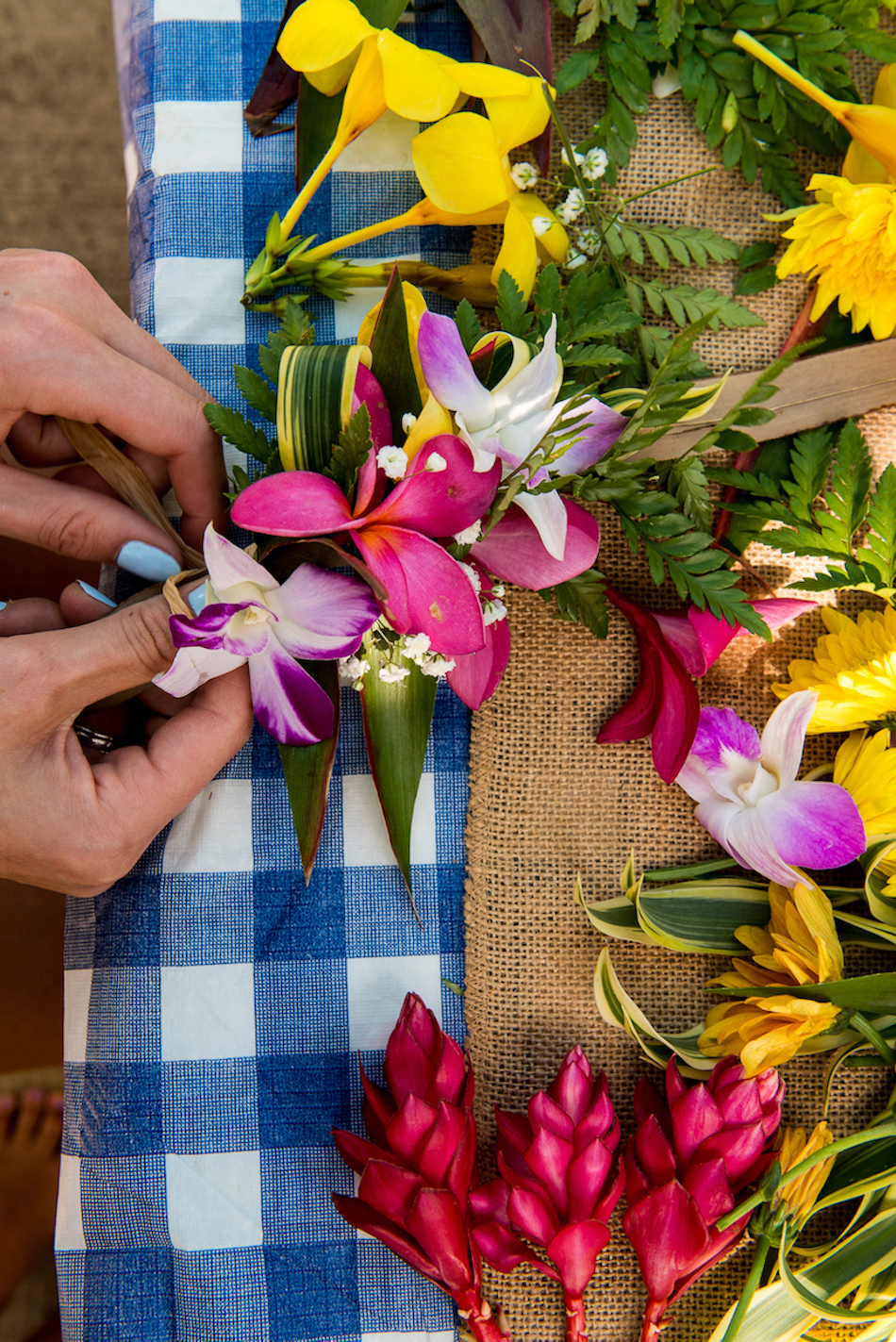
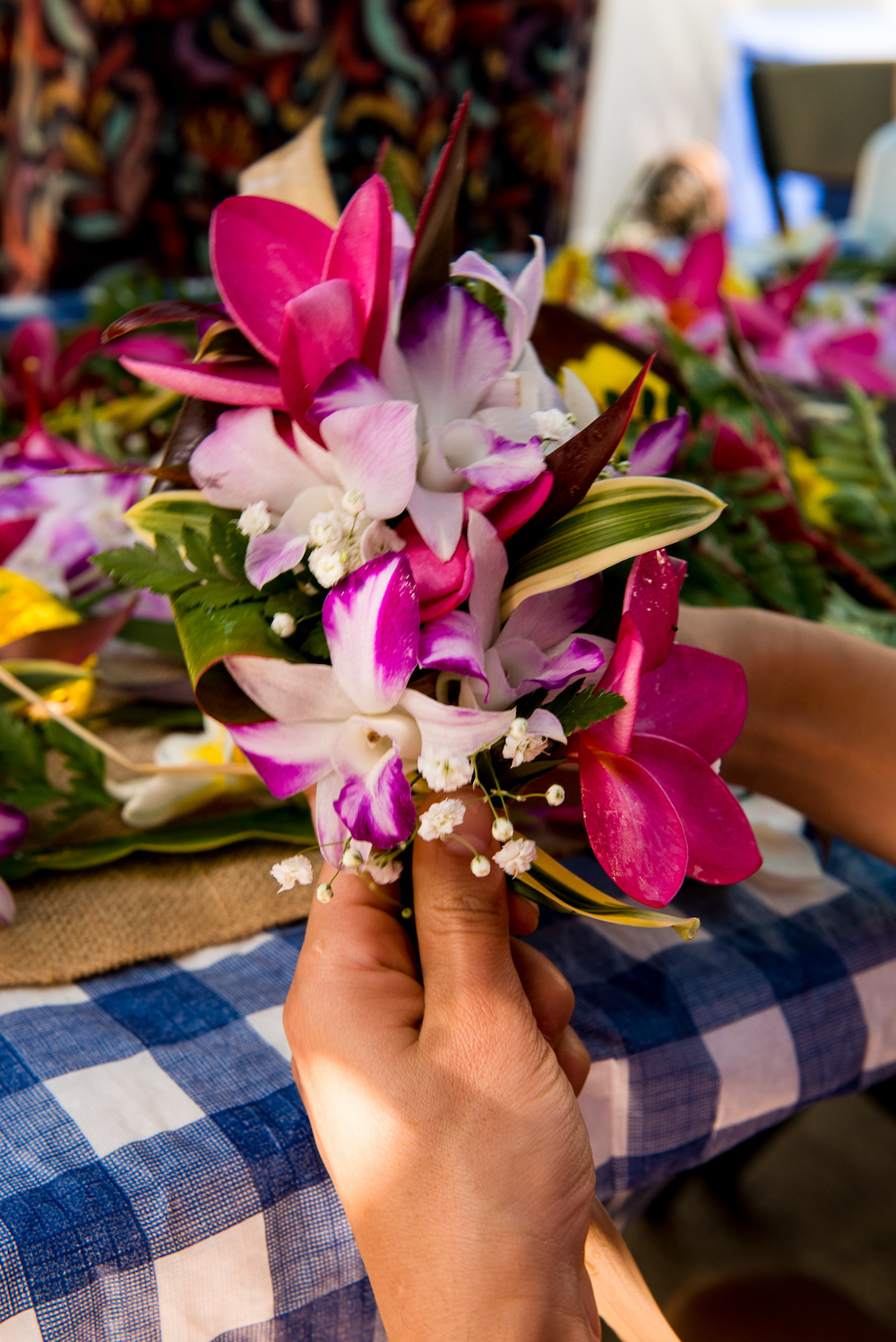
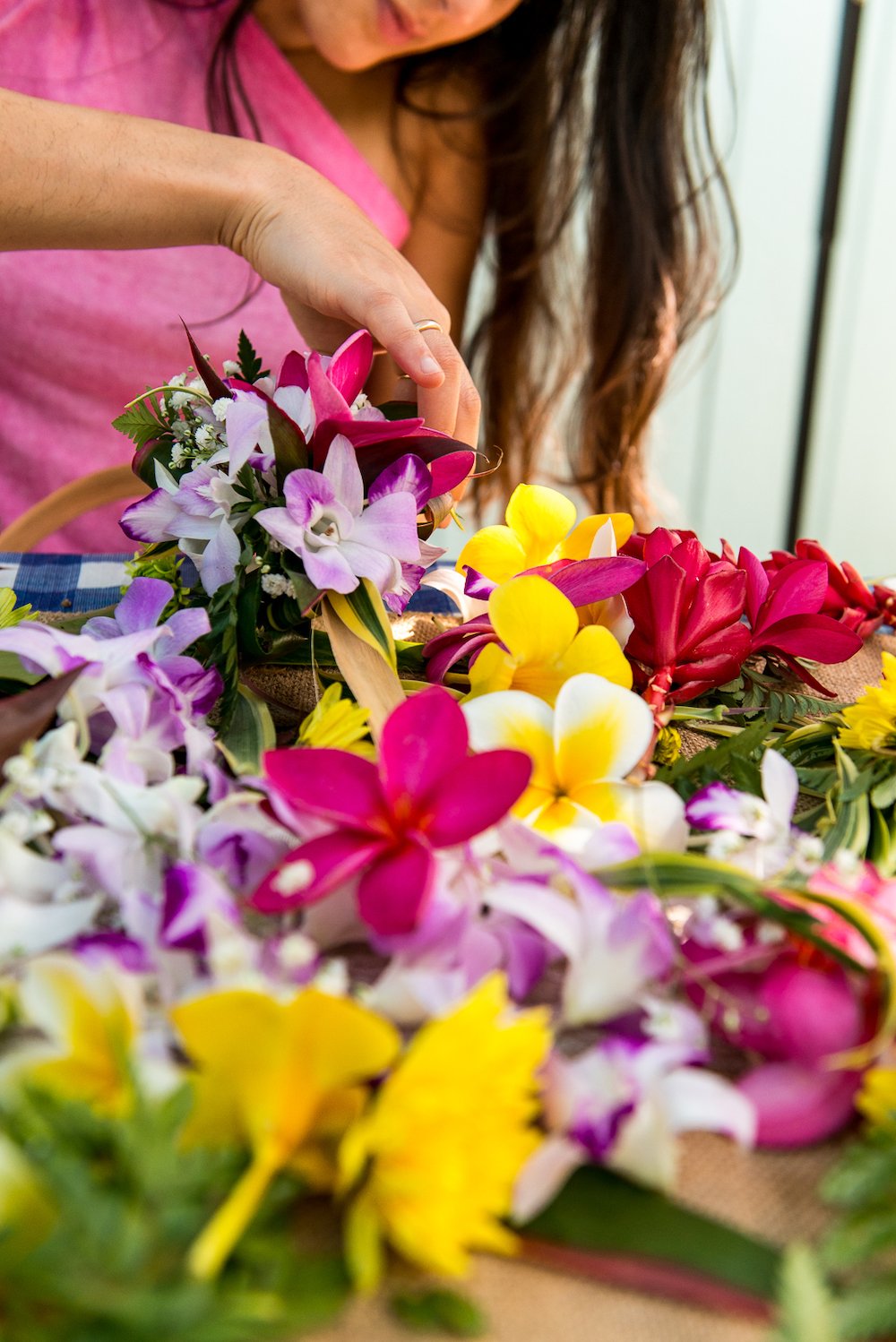
Tell us more about the Haku Lei that we’re making in today’s workshop.
A haku lei is a head lei usually reserved for those special occasions such as luaus (parties), graduations, weddings, and ceremonies. The word “haku” refers to a technique of lei-making where the flowers and/or greenery is sewn/braided with the “face-out.” This method uses a base material such as banana or ti (tee) leaves, softened tree bark, or ferns. While the base material is braided, decorative elements are added to the weave, usually a beautiful array of colorful flowers and local foliage. Our haku headpieces are sewn using a variety of the freshest flowers we pick that morning from our garden.
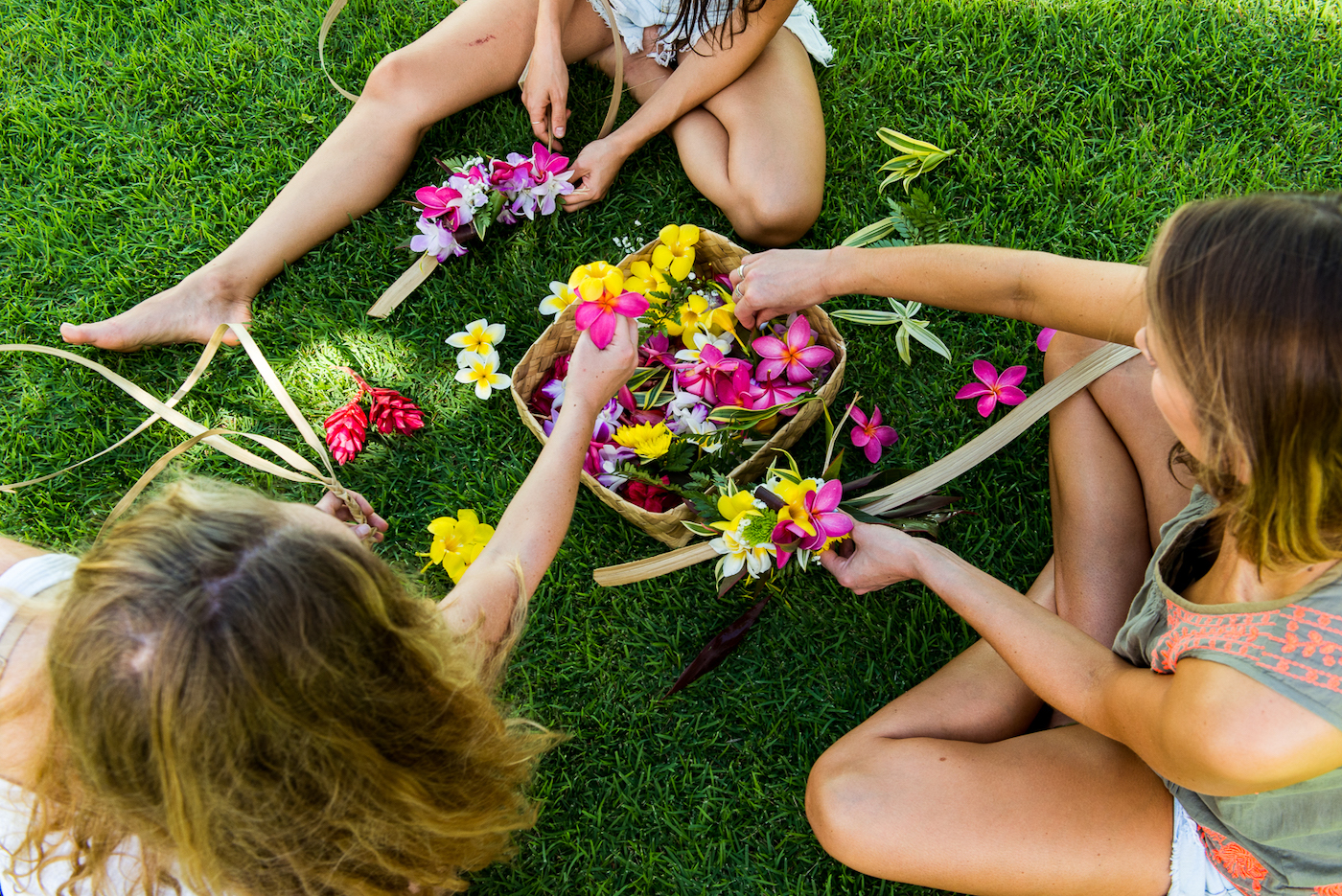
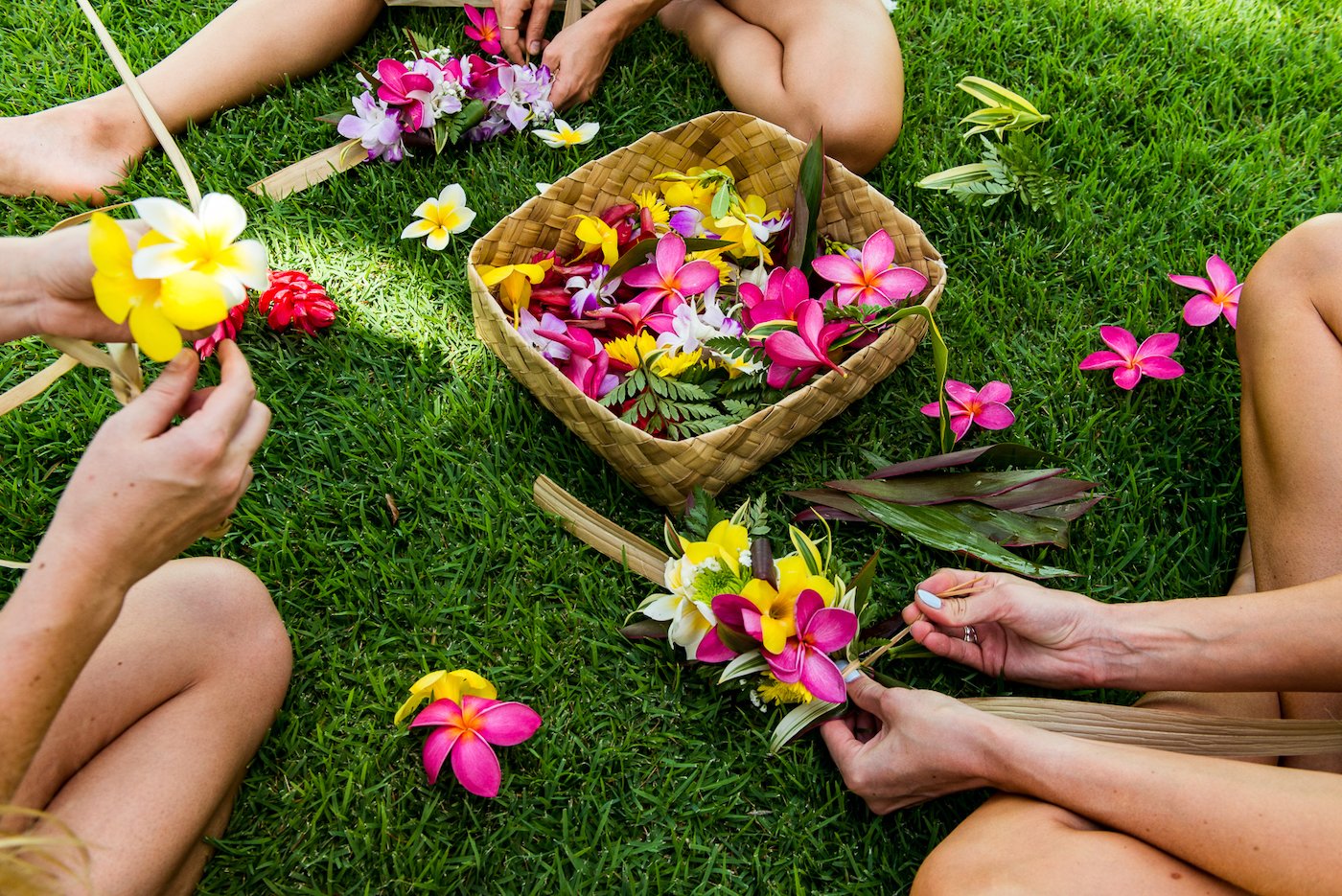
How are the leis used in modern Hawaiian culture today?
Leis are given to each other in Hawaii for any important event in a persons life. They are given on birthdays, births, graduations, weddings, religious ceremonies, love and are even given and worn at funerals. The Haku Lei makes a great addition to other flowers or on it’s own and adds that Hawaiian tradition with a touch of the popular modern feel.
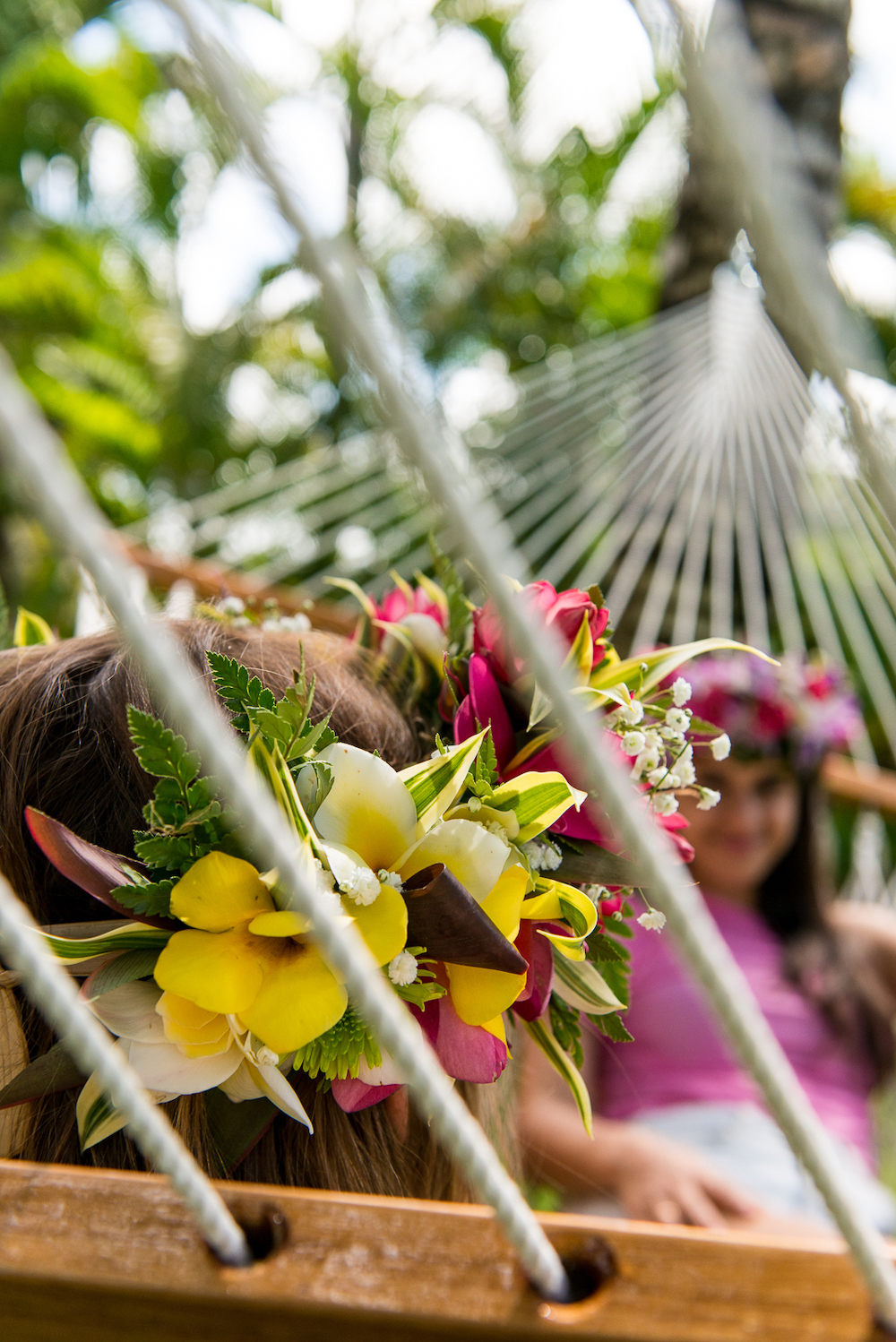
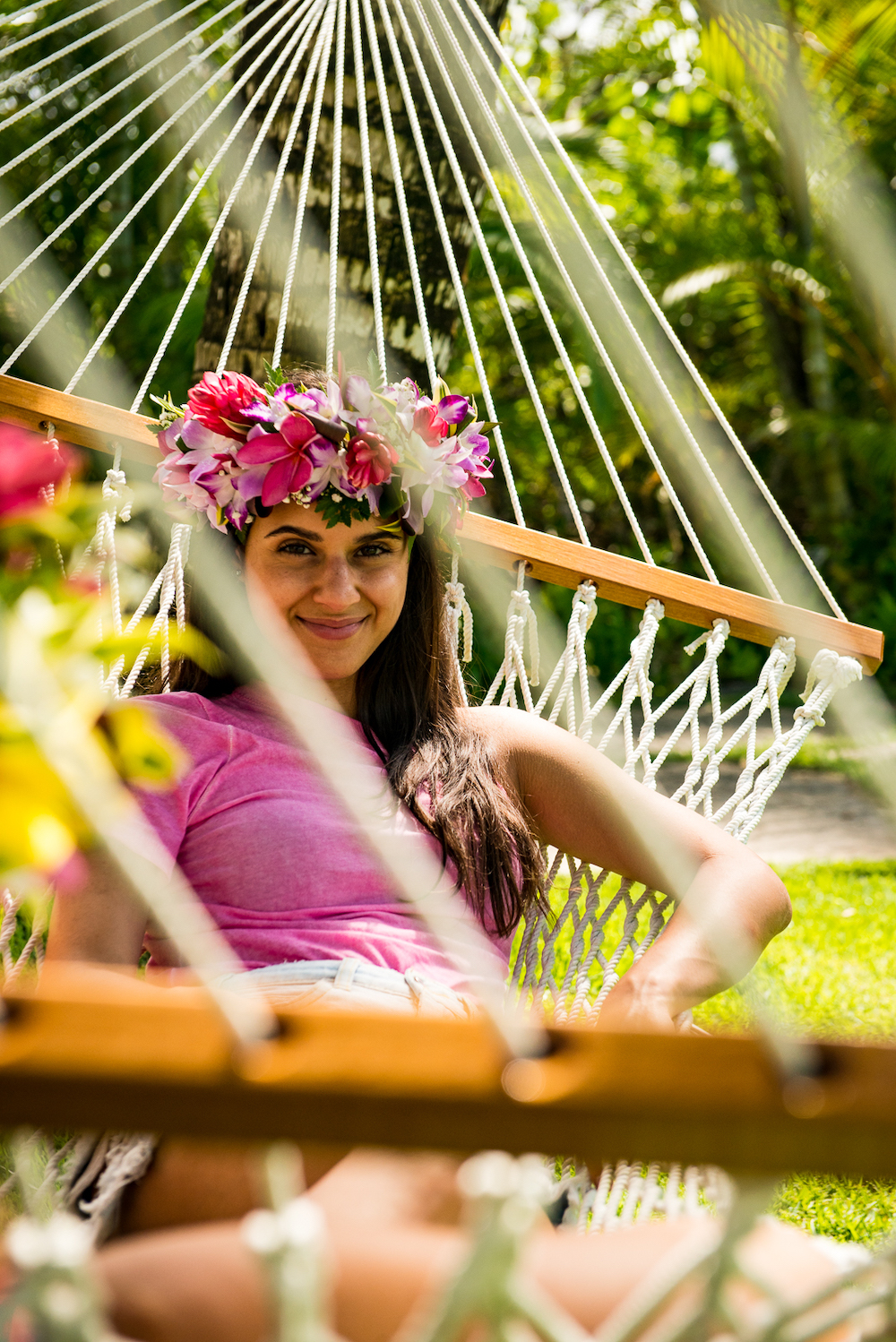
Once we finished making our haku leis (which was a lot harder than we anticipated!), we were so excited to sport our own piece of true Hawaiian culture for the rest of the day and into the night. We wore them while cooking dinner that night at our house on the Pipeline, and kept them in the fridge overnight under damp paper towels so we could wear them again for a few days after.
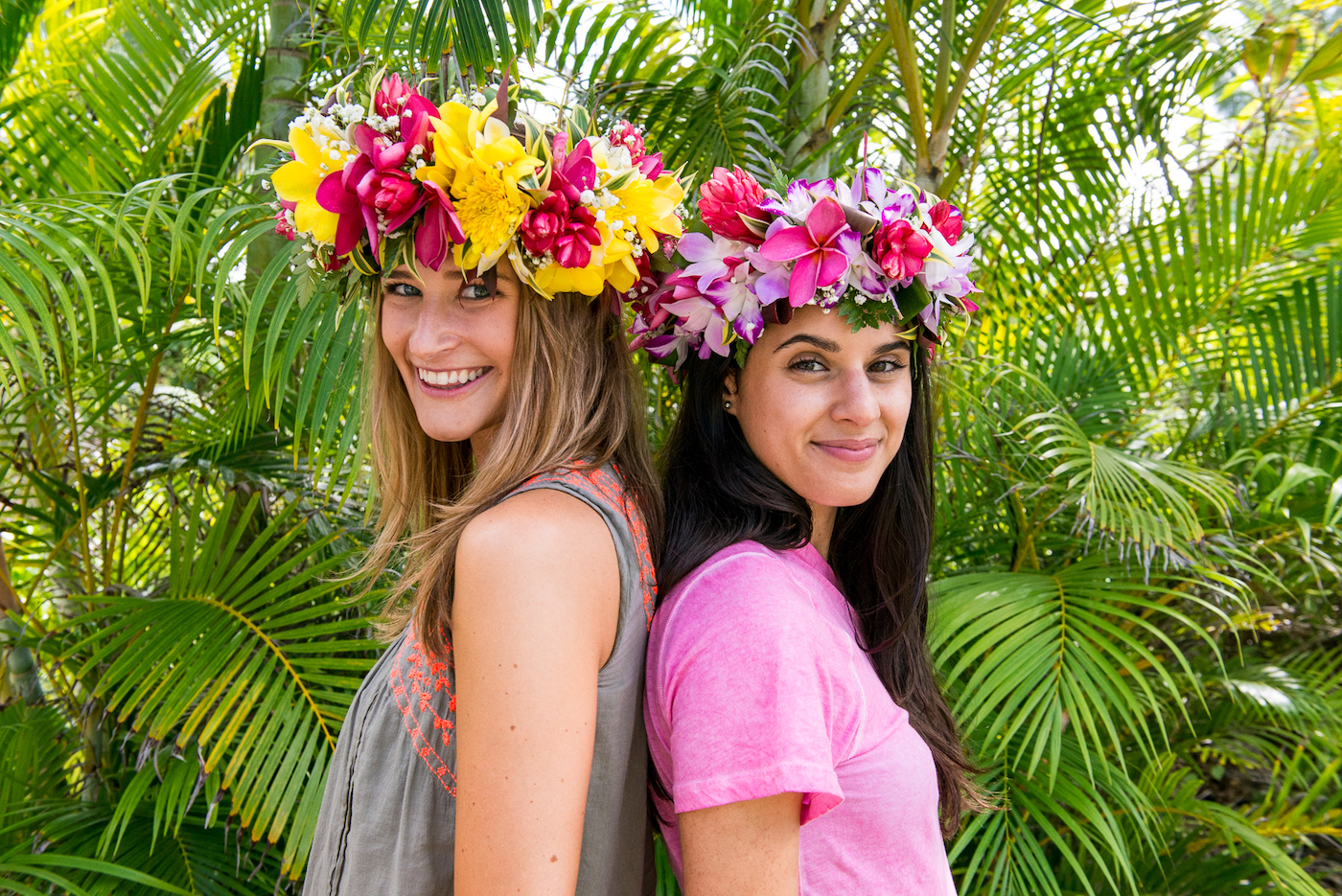
If you find yourself on the North Shore and wanting to experience raw Hawaiian culture and history, make your way to Laie and spend the afternoon with Patricia and Kiana at PokeHaku. You’ll walk in strangers, and leave feeling like family – a theme we realized Mahalo!


